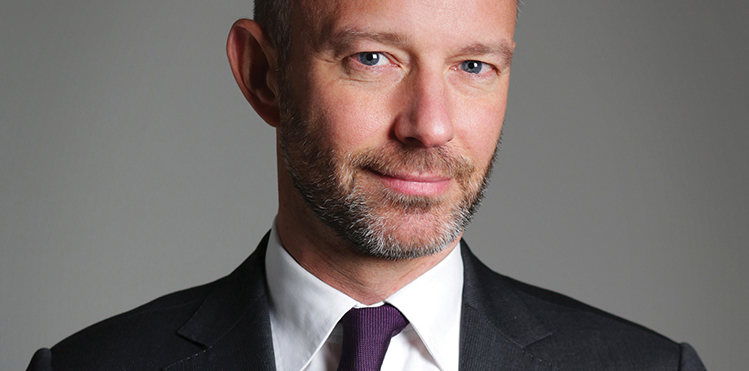By Olivier Jankovec, Director General, ACI EUROPE

The COVID-19 crisis has turned our lives upside down, with aviation and travel being by far the most impacted.
Apart from passenger volumes going back where they stood some 50 years ago, the ranking of airports is just another stark illustration of the fact that that we continue to live in a parallel world. Last September, Antalya was the busiest airport in Europe with just 2.25 million passengers, followed by Moscow-Sheremetyevo and Moscow-Domodedovo. St Petersburg welcomed more passengers than Paris-CDG, and Athens more than Munich. Airports relying more on domestic traffic have found some (limited) respite, but even that has now come to an end as we brace for a second wave, with local restrictions and lockdown back. There are no winners in this crisis – only losers.
For ACI EUROPE, a crisis of this magnitude is a defining moment. It comes with the opportunity – or rather the imperative – to prove our relevance and provide tangible value for our members. But while we have certainly spared no effort to support airports across Europe navigating the shock of COVID-19, we still have a mountain to climb when it comes to securing the conditions that will finally see airports, and aviation as a whole, recover.
The fresh news of a 90% effective vaccine finally gives us some light at the end of the tunnel – POST TENEBRAS LUX. But the Winter season is essentially lost, and the path to recovery will be long and uneven. Given the prevailing uncertainties, testing for travel remains an imperative. We simply need people to be able to fly – not just safely, but also with full confidence about their travel plans.
Looking ahead, the urgency is not purely about restarting travel in the short term, critical though this is. Aviation will face renewed challenges in the post COVID-19 era. The earlier the recovery, the better we will be able to address these challenges and adapt. Many are talking about COVID-19 triggering a “great reset” across the economy. This is especially true for aviation.
The initial thoughts that the pandemic would be followed by a V– shaped recovery quickly gave way to predictions of a U-shaped recovery. Soon, some started talking about a W-shaped recovery, due to the risks of a second infection wave – which by all accounts is in the making. But what we are facing actually looks much more like a K-shaped recovery – in which some sectors are doing great (think tech and health) while others will keep struggling and sub-perform.
It is self-evident that aviation will be in the second category. Beyond the handicap of a slow and tedious recovery with lasting supply-side pressures induced by airlines generally flying fewer and smaller aircraft, what lies ahead is structurally lower demand for air transport. This will result from the combination of several factors.
With inequality increasing as a by-product of COVID-19, many people will have to cut discretionary consumption. Travel and leisure activities will logically be impacted. More generally, the pandemic is throwing our lifestyles and development model into question. It is magnifying and accelerating a societal shift towards sustainability that was already in the making. Slowness and happy localism are becoming the new cool. Taking the fast lane and jetting around Europe less so. While millennials are addicted to flying, generation Z is much less prone to ignoring its carbon footprint. These are our future clients.
Looking at demand from corporates, COVID-19 proved that video conferencing works and that executives do not necessarily need to be top tier frequent fliers. Combined with the imperative to both cut costs and demonstrate climate credentials, this explains why McKinsey sees business travel shrinking by 20% by 2024.
Without even factoring in the very tangible – many would actually say inevitable – risk of more punitive policies and regulations impacting all fossil fuel intensive sectors, it is clear that the entire aviation eco-system will need to adapt to a new normal.
Business models will need to change. Just looking at airports, the fact that our own business model has both relied upon and been driven by the assurance of continued dynamic growth in air traffic is a case in point.
But all aviation industry stakeholders will need to evolve, with the way they work and relate to each other also being disrupted as a result. Some may still hope to cling to legacy behaviours and the safeguard of Government bailouts. But legacy behaviours might well prove lethal in this new normal – given that it will also feature a world of ever skyrocketing public debt.
Anticipating and embracing societal changes and economic transformation will be the most important agenda for aviation, both as we recover from COVID-19 and beyond. But succeeding on our own will be challenging. Disruption will also be needed from policy makers, so that they provide the enabling regulatory framework. That should mean finally burying the ultimate legacy: the Chicago convention – and even more important, the legacy thinking that still permeates too many regulatory approaches.







